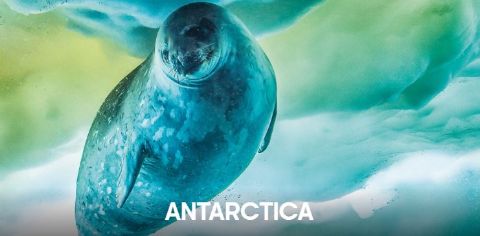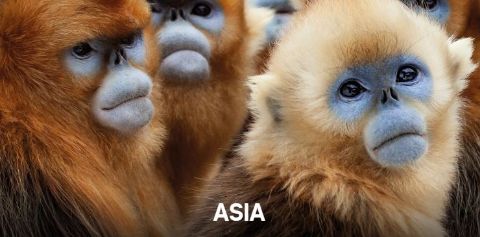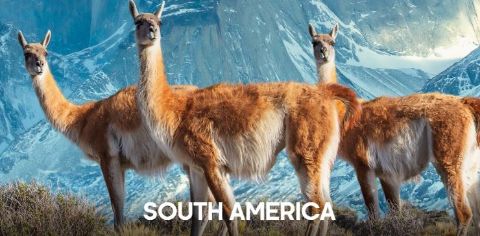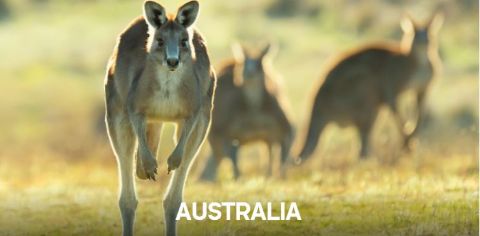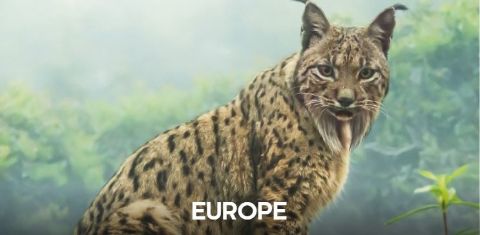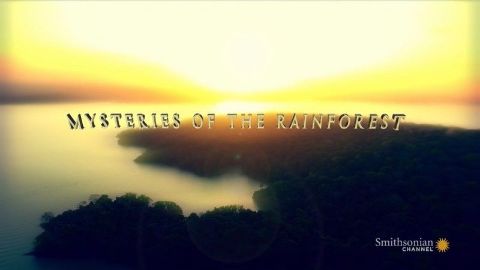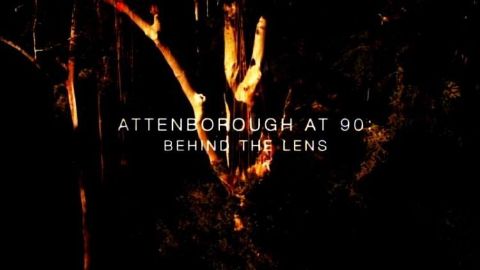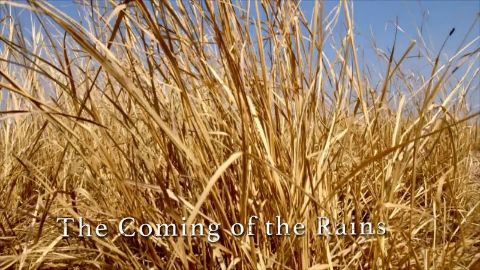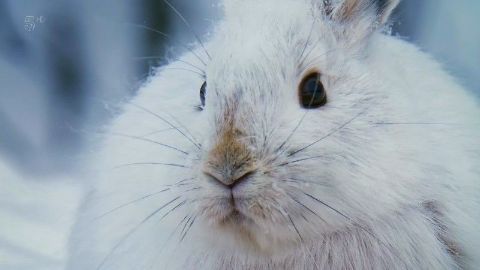South America • 2019 • episode "S1E3" • Seven Worlds, One Planet
South America - the most species rich continent on Earth. From the volcanoes of the Andes to the world’s largest rainforest, the Amazon, animals here must specialise to carve out a niche. In Patagonia, a puma mother draws on a lifetime’s experience to catch prey three times her weight. In the cloud forest, rarely seen Andean bears clamber thirty metres into the canopy to find elusive fruit. Poison dart frogs use ingenious methods to keep their tadpoles safe, whilst anacondas stalk capuchin monkeys. At Igauzu, swifts make death-defying flights through one of the biggest waterfalls on Earth.
Make a donation
Buy a brother a hot coffee? Or a cold beer?
Hope you're finding these documentaries fascinating and eye-opening. It's just me, working hard behind the scenes to bring you this enriching content.
Running and maintaining a website like this takes time and resources. That's why I'm reaching out to you. If you appreciate what I do and would like to support my efforts, would you consider "buying me a coffee"?
Donation addresses
BTC: bc1q8ldskxh4x9qnddhcrgcun8rtvddeldm2a07r2v
ETH: 0x5CCAAA1afc5c5D814129d99277dDb5A979672116
With your donation through , you can show your appreciation and help me keep this project going. Every contribution, no matter how small, makes a significant impact. It goes directly towards covering server costs.
